Literary Pathways to Global Citizenship—A Sora-Enabled Book Tasting Experience
Introduction: The Why Behind the What
Greetings, fellow educators and librarians! If you're on the hunt for an engaging, meaningful, and tech-savvy way to bring literature to life in your educational setting, you've come to the right place. I have been using digital book tastings since 2020, and I don’t think I’ll ever go back. It allows students to view the books they want, whenever they want! It also helps busy teachers integrate book tastings at their convivence. My newest one is aligned with the United Nations Sustainable Development Goals (SDGs) and leverages the power of Sora's digital library. Intrigued? Let's explore why this initiative is not just another item on the curriculum but a pathway to global citizenship. Building Empathy: More Than Just Words on a Page We all know that reading is a transformative experience. It's not just about decoding text; it's about understanding human nature – ourselves as much as others. When students read books like "The Hate U Give" by Angie Thomas or "Enrique's Journey" by Sonia Nazario, they're not just absorbing words; they're absorbing perspectives. It's like that moment when you realize your students are not just discussing the plot; they're discussing how they fit into the world around them and how others may be impacted by our actions. That's the power of literature to build empathy. Broadening Perspectives: A World in a Book The United Nations SDGs serve as a roadmap for tackling some of the world's most pressing issues. By aligning our book tasting event with these goals, we're encouraging students to think globally while acting locally. And let's face it, in today's interconnected world, a broad perspective is not a luxury; it's a necessity. Personal Exploration: Find Your Literary Soul Mate The beauty of this book tasting event is its inclusivity. Whether your students are budding scientists, aspiring poets, or future policymakers, there's something for everyone. And with Sora's digital library, sampling these literary delights is as easy as a click. It's like having a 'try before you buy' option but for books! Sora: Your Digital Gateway to Global Citizenship The Sora platform is the unsung hero of this initiative. Its user-friendly interface and extensive collection make it easy for students to explore various genres and themes. Plus, the convenience of e-books and audiobooks means that literature is accessible anytime, anywhere. Sharing is Caring: Free Resources for You Because I believe in the collective power of education, all the resources for our book tasting event are available for free. We're better together, after all. If you don’t have access to Sora, maybe consider linking to Google Book introductions or to you reading the first page or two. Conclusion: Your Turn to Taste the Literary Rainbow ? Our "Literary Pathways to Global Citizenship" is more than just a Book Tasting event; it's a movement towards a more empathetic, informed, and interconnected student body. So why not give it a try in your educational setting? Feel free to link to our Book Tasting Event and Curated Book List* for more details. Let's make the world a better place, one book at a time. Happy reading and happy sharing! ??
*These books are Young Adult - New Adult selections. If you are seeking younger grades, consider the book club selections for the SDGs located here. This is a mix of nonfiction and fiction selections.
0 Comments
My Journey
When I first conceptualized Mindful Maker Mondays, it was a spark, a small idea born out of a simple desire to make a meaningful difference. The path that brought us here wasn’t always linear. It saw several iterations, some trial and error, late nights with coffee in hand getting ready for the next day’s activity, pondering the perfect blend of creativity, community, and conscience.
I believe wholeheartedly in the innate potential within each of us to create, to innovate, and to shape the world in tiny yet profound ways. It's not just about crafting something beautiful; it’s about weaving purpose and thought into each thread, each stroke, each bead. Pairing these sessions with the Sustainable Development Goals (SDGs) was, for me, a way to bridge our local endeavors with a broader, more global vision. In my heart, I've always seen our library not just as a sanctuary of stories but as a cradle for creativity and community. As the digital world continues to tug at our attention, I've felt the deep yearning for a space where we could truly be present, hands immersed in creation, minds free to wander. And it's my hope that with each Mindful Maker Monday, we can find that sanctuary, even if just for a little while. Crafting is not just a pastime; for many, it’s a form of meditation, a way to connect with oneself and the broader tapestry of the world. But it's not just about the act of creating; it’s about the journey. The joy in seeing someone wear their creative heart on their sleeve, the shared laughter over a crafting misstep, or the hushed conversations as we share stories and techniques. Through these sessions, I hope to foster a sense of belonging, to build bridges, and to remind every student (and hopefully staff member) of their immense creative potential. So here we are, at the intersection of crafting and purpose, on a journey that’s as much about discovering ourselves as it is about making a tangible impact. Mindful Maker Mondays are my invitation to you: to craft, to connect, to care. Let’s embark on this journey together, one stitch, one bead, one Monday at a time. Here it is. My labor of love. Feel free to take, share, use, and tweak. All I ask is that you do not share this or its' likeness as your own or sell for profit. Thank you!
I hope you'll share with me what your students create! If you have alternative ideas or ones to add, please feel free to share in the comments.
In a world that's increasingly interconnected yet isolated, cultivating spaces for shared experiences is more important than ever. Enter the Silent Book Club at our STEM high school, a unique community hub that brings together students of all grades, fostering connections over a universal interest for stories (or at least a quiet space to reflect). Silent Book Club: The WhyWhile STEM education forms the bedrock of our school's curriculum, shaping future innovators and problem solvers, we also believe in the power of holistic learning. Our world is not governed by science and technology alone, but also by the stories we tell, our cultures =, and the empathetic understanding that ties us all together as humans. Literature, an exposure to a wide range of narratives and perspectives, offers an unparalleled avenue for nurturing these human aspects of learning. Reading allows us to live a thousand lives, fostering empathy as we delve into characters' experiences, feelings, and viewpoints. It helps us appreciate the diverse tapestry of human experiences and cultures that make up our world, and critically, it equips our students with a broader, empathetic lens crucial for approaching STEM and design thinking. After all, true innovation isn't merely about creating advanced technology; it's about using these advancements to make the world a better place, requiring a deep understanding of human needs, cultures, and contexts. In our high-paced, rigorous academic environment, it's also easy to overlook the need for mental calm and relaxation. Reading offers a form of escapism, a way to decompress and momentarily set aside academic stress. The Silent Book Club then becomes more than just a reading community; it serves as a haven where students can immerse themselves in narrative worlds, offering a much-needed respite amid their busy schedules. Silent Book Club: The DetailsOur Silent Book Club meets every Wednesday during each lunch period, creating a welcoming space where students can unwind with a good book. But it's more than just quiet reading time; it's an open forum that encourages book-themed discussions, fostering a sense of community among our students. It’s open to students and staff! To participate, all you need to bring is your book and an open mind. Any book, format, or genre is welcome, mirroring the diversity of our student body and their interests. We believe that every literary journey is unique and worth sharing, and every reader, no matter what they choose to read, has a place in our club. And yes, students can eat in the library while they participate in the club as long as they clean up after themselves. *Flyers and social media prompts were created in Adobe Express Beta* Silent Book Club: The QuestionsTo promote engaging, inclusive conversations, I use 'discussion sparks'. These are thought-provoking prompts related to literature, communities, cultures, and global issues scattered throughout the space, serving as conversation starters. These prompts are not about getting the 'right' answer, but rather encouraging thoughtful exploration of the text and its broader context. By linking the reading experience to real-world themes, I hope to extend learning beyond the confines of the book, connecting the dots between literature and life. This approach allows for free-flowing conversations that organically enhance understanding and empathy, enriching the reading experience while building a tight-knit community of passionate readers. Feel free to borrow some of the questions we're using this year!
ISTE Live 2023 is right around the corner, and I can't wait!
As a Future Ready Educator, there are few experiences that rival the excitement and anticipation of attending an ISTE Conference. This year, as I prepare for ISTE Live, I am bursting with enthusiasm, eager to embark on a transformative journey of connection, learning, and advocacy that will mark my TENTH year attending! Here are my top 3 reasons why I am looking forward to ISTE Live 2023:
What's your top reason for attending ISTE Live?! April is National Poetry Month, and as a secondary school librarian, it's the perfect time to celebrate the beauty and power of language with your students. Poetry has a unique ability to inspire, provoke, and captivate us, and as a librarian, you have the opportunity to spark a love for poetry that could last a lifetime. So let's explore some creative and exciting ways to make National Poetry Month a memorable and engaging experience for your students!
National Poetry Month is a wonderful opportunity for us to promote literacy and inspire a love for poetry in our students. By incorporating some of the ideas and examples discussed above you can create an engaging and interactive space where students can explore the world of poetry and express themselves creatively. So why not challenge yourself to try one or more of these ideas and make this National Poetry Month the best one yet? Whether it's through displays, workshops, performances, or podcasts, there's no limit to the ways you can celebrate poetry in your library. So let's embrace the power of words and encourage our students to do the same. Happy National Poetry Month! Resources and LinksPoem in Your Pocket Day is April 29th. Create your own Haiku with Adobe Express! My favorite YA books told in verse: Host a Poetry Slam - we have hosted one each year! Poetry Walk Example In recent years, there has been a growing recognition of the importance of social-emotional learning (SEL) in schools. Social-emotional learning refers to the skills, attitudes, and values that enable students to understand and manage their emotions, establish and maintain positive relationships, and make responsible decisions. School libraries are uniquely positioned to support social-emotional learning by providing students with access to diverse resources and creating a safe and welcoming environment. Below are just a few examples that explore how we can foster a sense of belonging in school libraries through inclusive practices for social-emotional learning. This blog is meant as an introduction, but if you would like to learn more about embedding SEL in the library, please consider listening to my podcast episode with School Librarians United, read my article with Perspectives in Reading, or try out activities with Microsoft Flip outlined in my blog article here. Barriers to Inclusion in School Libraries Before we can explore strategies for fostering a sense of belonging in school libraries, it is important to understand the barriers that can prevent students from feeling included. Barriers can include:
2 Strategies for Identifying Barriers
Ideas for Supporting Social-Emotional Learning in the School Library Offer Diverse and Culturally Relevant Resources One of the most effective ways to support social-emotional learning in school libraries is by offering a range of resources that represent diverse perspectives and experiences. This includes books, resources, programming, how we display books, book recommendations, and even pictures on flyers that celebrate different cultures and traditions and perspectives. By providing access to diverse and culturally relevant resources, school libraries can help students develop empathy, respect, and a deeper understanding of themselves and others. Tip: Consider collaborating with a local community group or cultural organization to bring in guest speakers or to organize events that celebrate diversity and inclusion. Here is an example of my monthly program planner that helps me plan out these events. Student-Led Programming Another way to embed SEL in your school library is through student-led programming. We have a Student Library Board that assists and leads in all aspects of our program. I have seen SEL supported through:
Tip: Use your MakerSpace to coordinate student-interest based MakerCare (or Compassionate Making) programs. For example, we sew blankets for cancer patients with our health care students and our volunteer students sew 'Huggers' for children in domestic abuse shelters to help ease their worries. Create Safe and Welcoming Spaces School libraries can support social-emotional learning by creating safe and welcoming spaces where students feel comfortable and supported. This might include designating a quiet area for students who need to take a break or practice mindfulness, or creating a cozy reading nook with comfortable seating and soft lighting. By creating a safe and welcoming environment, school libraries can help students feel valued and supported in their emotional and social development. Tip: Create a sensory corner with comfortable beanbag chairs and soft lighting for students who need a quiet space to relax and regroup. Include activities like coloring or puzzles as a way to help students de-stress and unwind. Here is a list of items we have in our mindfulness corner. Collaborate with Other Departments Instructional Partnerships are an essential part of any school library program, so consider partnering with other school departments to promote social-emotional learning. This might include collaborating with the counseling department to offer resources on stress management or working with the art department to create displays that celebrate diversity and inclusion. Tip: Consider hosting an art show or display for Women's History Month that showcases how we perceive empowerment or host a poetry slam for Black History Month and collaborate with your English classes on how poetry has been a powerful tool for expression in the Black community. Host a book club with the counseling department or collaborate with the technology department to create a social media campaign that promotes positivity and kindness. Build Relationships with Students Finally, the most crucial in fostering a sense of belonging and embedding SEL is building relationships with students. Library staff should make an effort to get to know each student and understand their individual needs and interests. This can help students feel valued and supported, and can create a sense of belonging in the library. Tip: Train the library staff might on how to ask students about their favorite books or hobbies, or create a suggestion box where students can request specific resources or programs. We have added a 'Tell us your pronouns' and 'please disturb the librarian' signs. Conclusion Fostering a sense of belonging in school libraries through inclusive practices is essential for promoting social-emotional learning and creating an inclusive environment where all students feel safe, supported, and valued. By implementing strategies such as book clubs, collaborative efforts, support for mental health, and MakerCare activities, school librarians can provide students with opportunities to connect with peers, express themselves, and build a sense of belonging in the school community. By identifying and addressing barriers to inclusion, collaborating with teachers and counselors, and implementing successful initiatives, school librarians can create safe spaces for students to learn and grow, and support their social-emotional well-being. Through these efforts, we can foster a culture of inclusivity, promote social-emotional learning, and ensure that all students have the support and resources they need to thrive in school and beyond. Further ReadingAdams, J. M. (2019). Supporting Social Emotional Learning in the Library. Library Technology Reports, 55(2), 1-42.
García, E. E. (2021). Leading with equity: How librarians can support inclusive social-emotional learning practices. School Library Journal. Retrieved from https://www.slj.com/?detailStory=leading-with-equity-how-librarians-can-support-inclusive-social-emotional-learning-practices Kaplan, L. S. (2019). The role of the school library in promoting social emotional learning. Knowledge Quest, 47(3), 10-15. Let's create and celebrate a nation of diverse readers. For Read Across America, let's look at inclusive texts that share our nation's greatest quality - diversity and inclusivity. Are you a school librarian or teacher? Take and tweak the poster above for your needs
New Orleans grew on me this week! It's amazing what a week of networking with passionate educators, trying amazing food, and sparking ideas to help your school will do for you. FETC 2023 was the best one yet!
From presenting on and advocating for creativity in schools, to learning new strategies for professional learning, to exploring New Orleans, this past week has been one for the books! Here are some of my takeaways:
Did you go to FETC? I'd love to hear your biggest takeaway in the comments! Keep scrolling for more resources from the week. My Presentations at FETC
*Made with Adobe Express. Learn more about Adobe Express here!
FETC Mega Share (from Eric Curts)
Click here for direct access.
|
Martha BongiornoAdvocating for Student Voice in Metro Atlanta & Beyond MIE Expert Since 2018
MIE Trainer Since 2018
Flipgrid Student Voice Ambassador since 2016
Archives
October 2023
Categories |
||||||


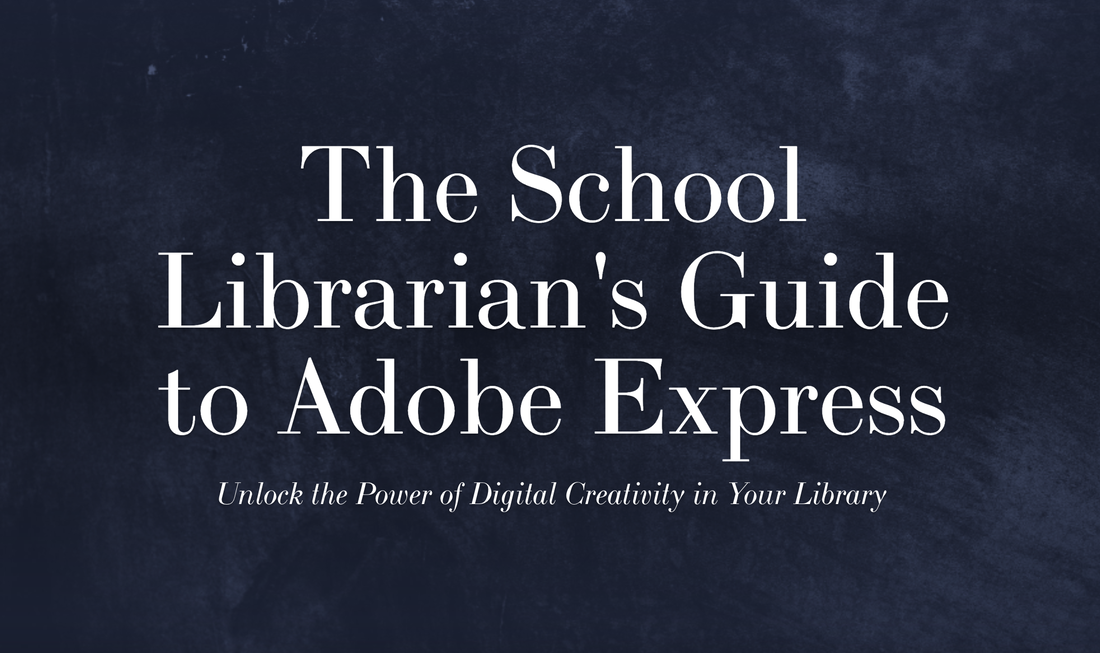
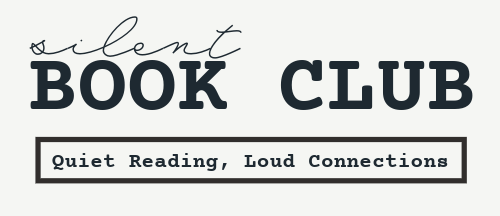
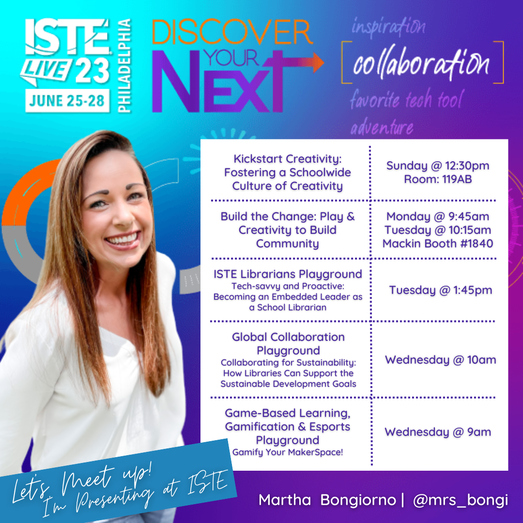
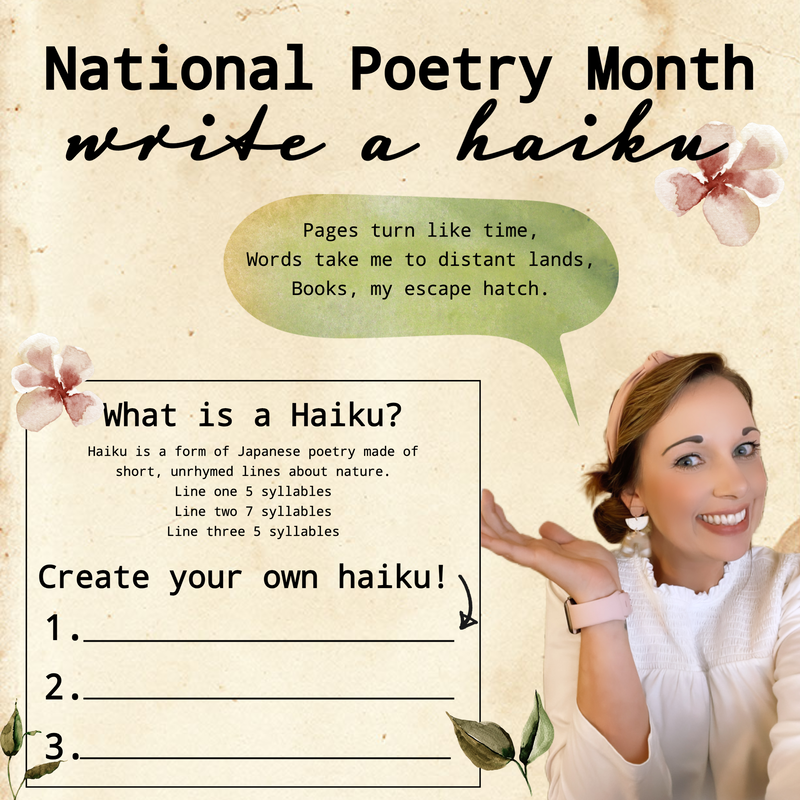
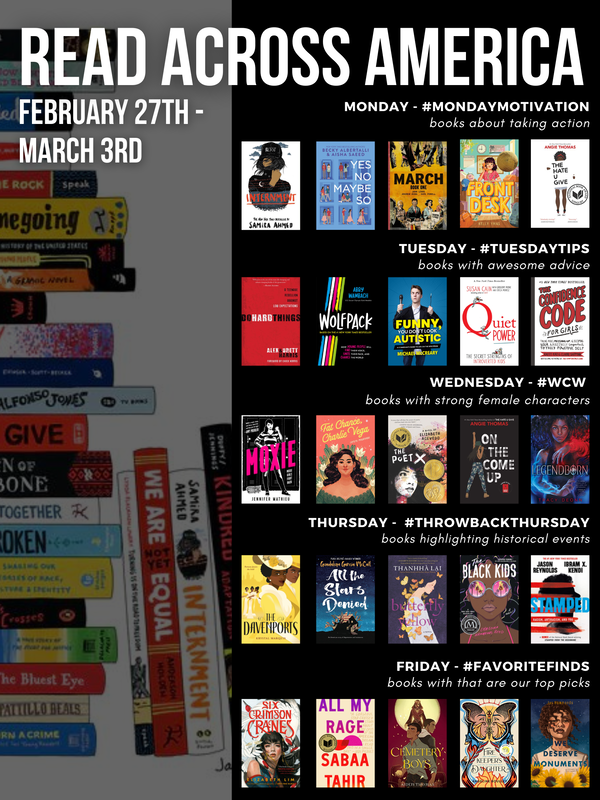

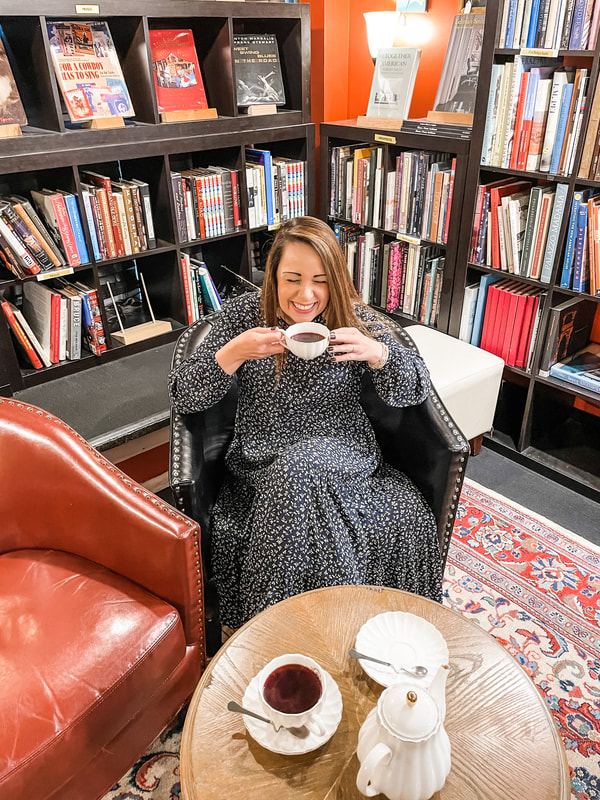
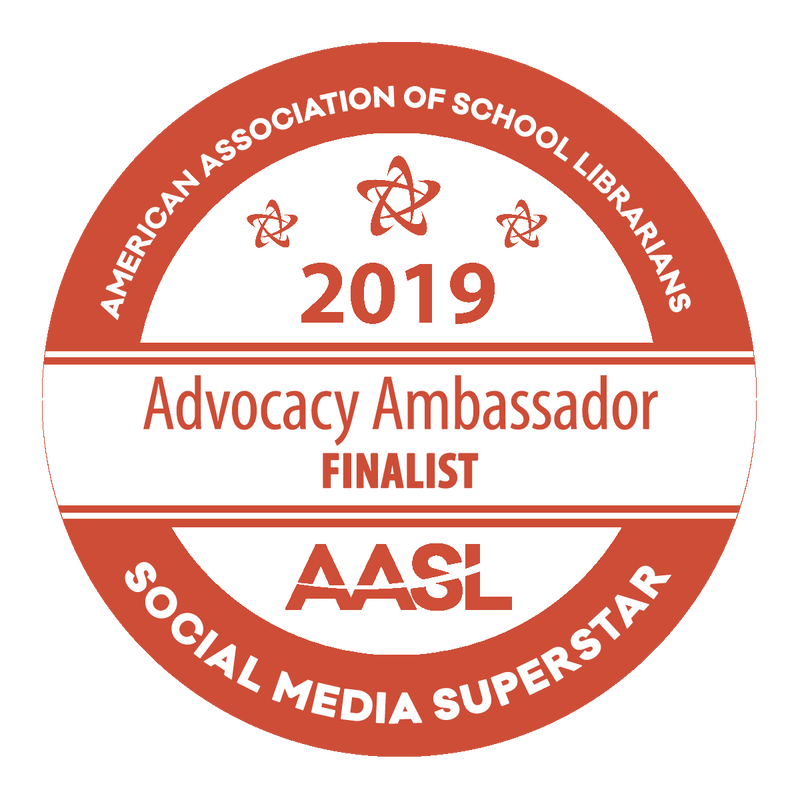
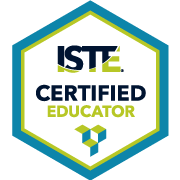
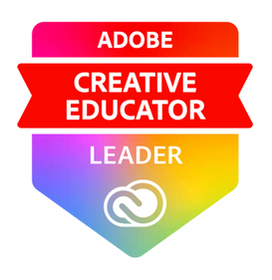

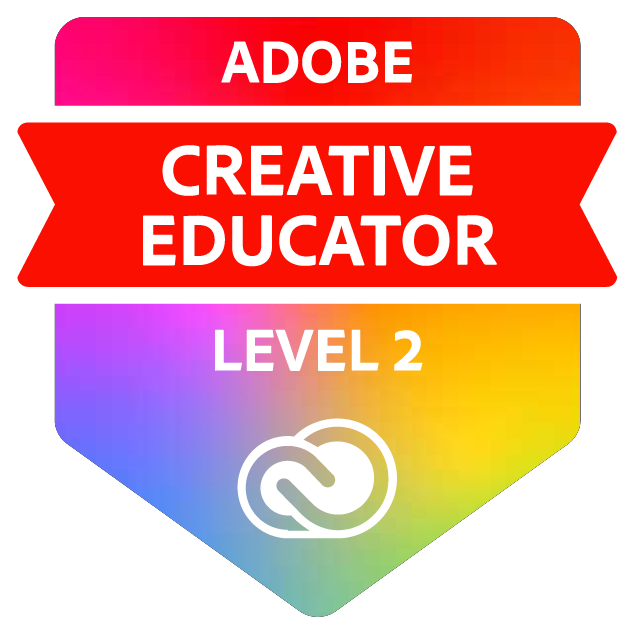
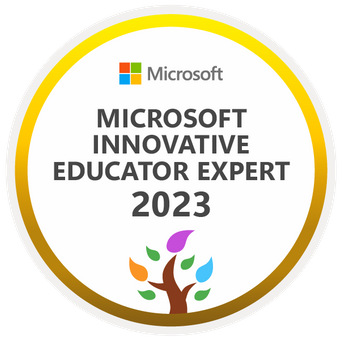
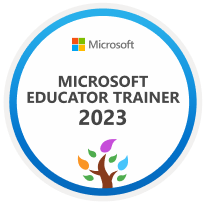
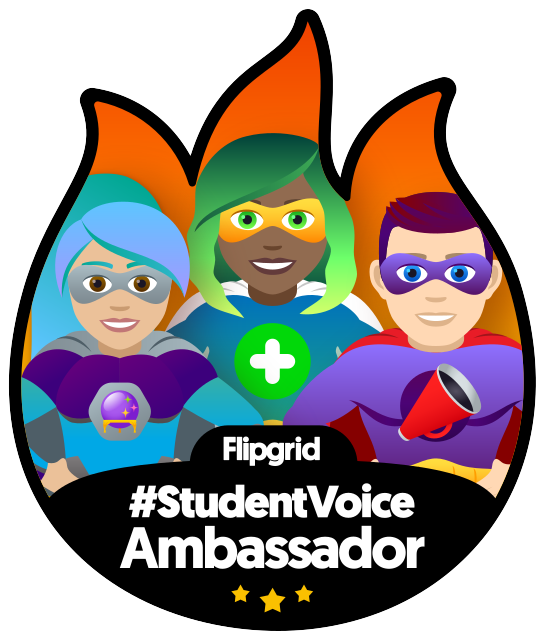
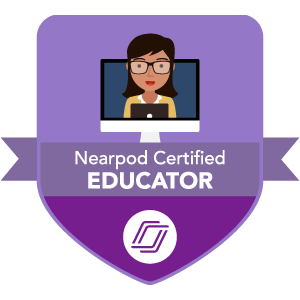
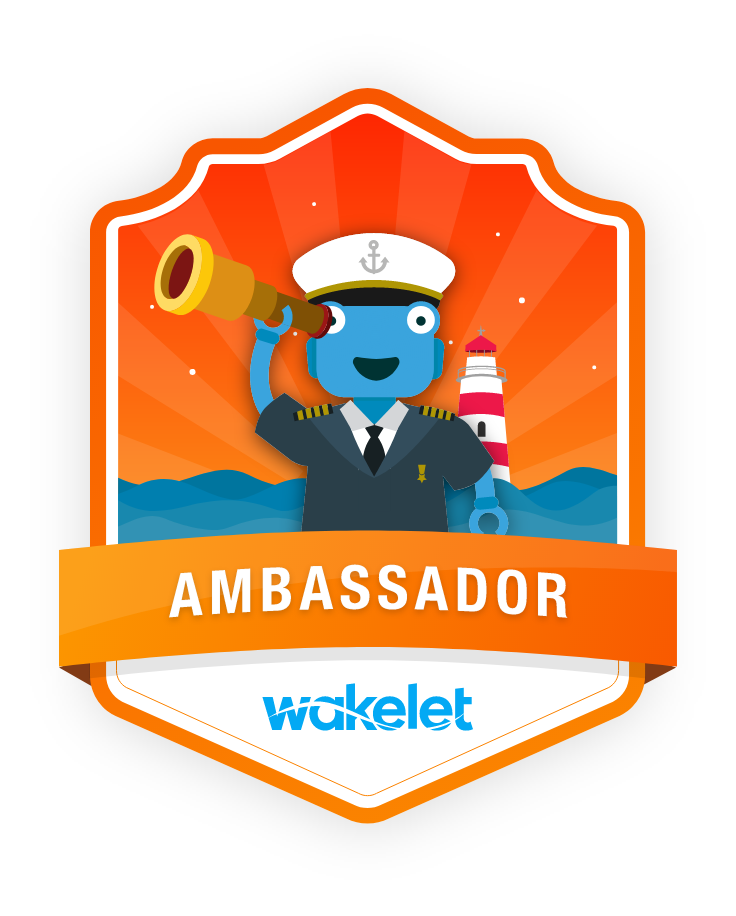
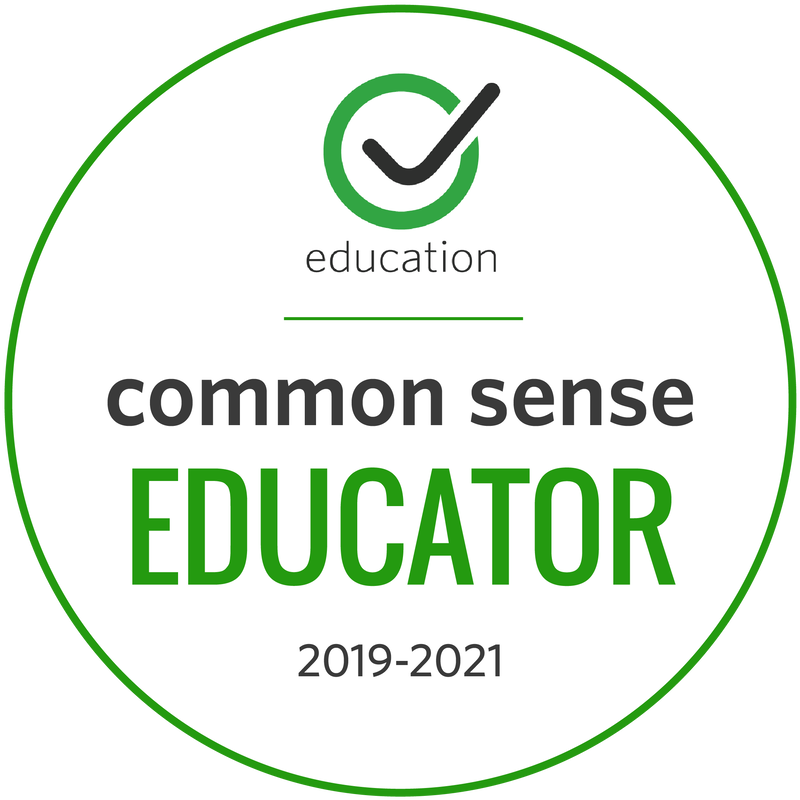
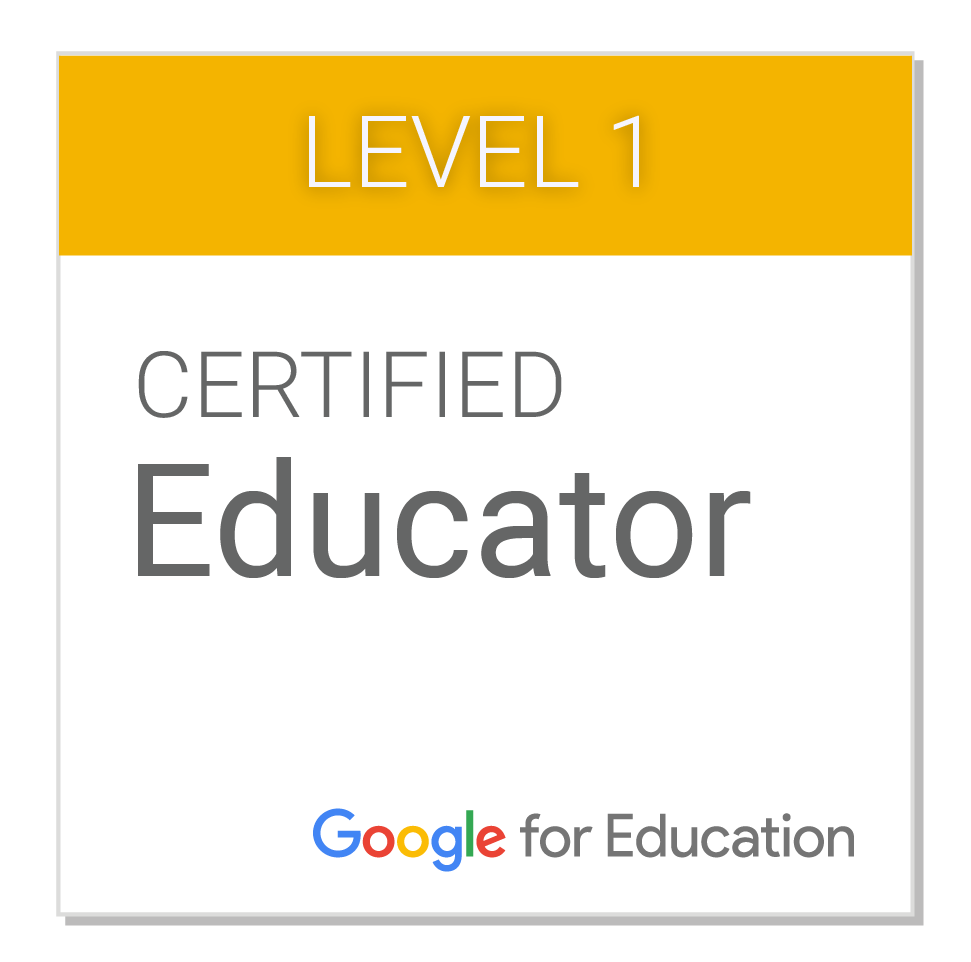
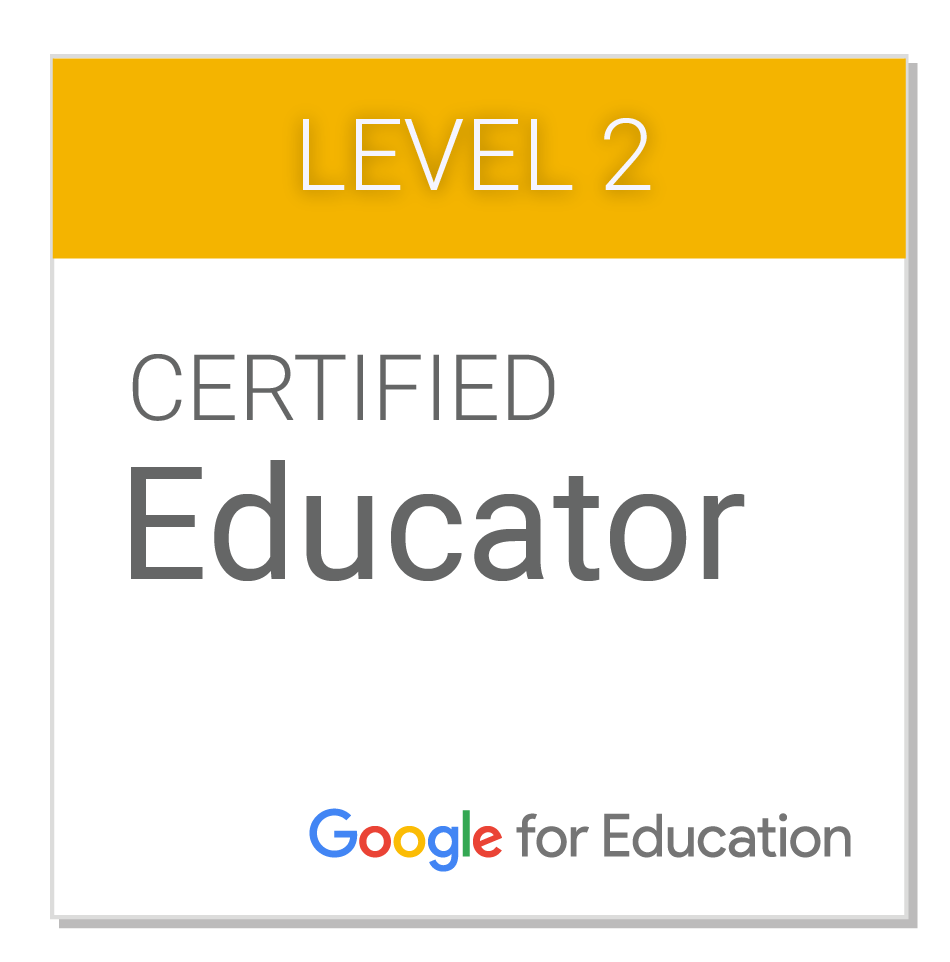
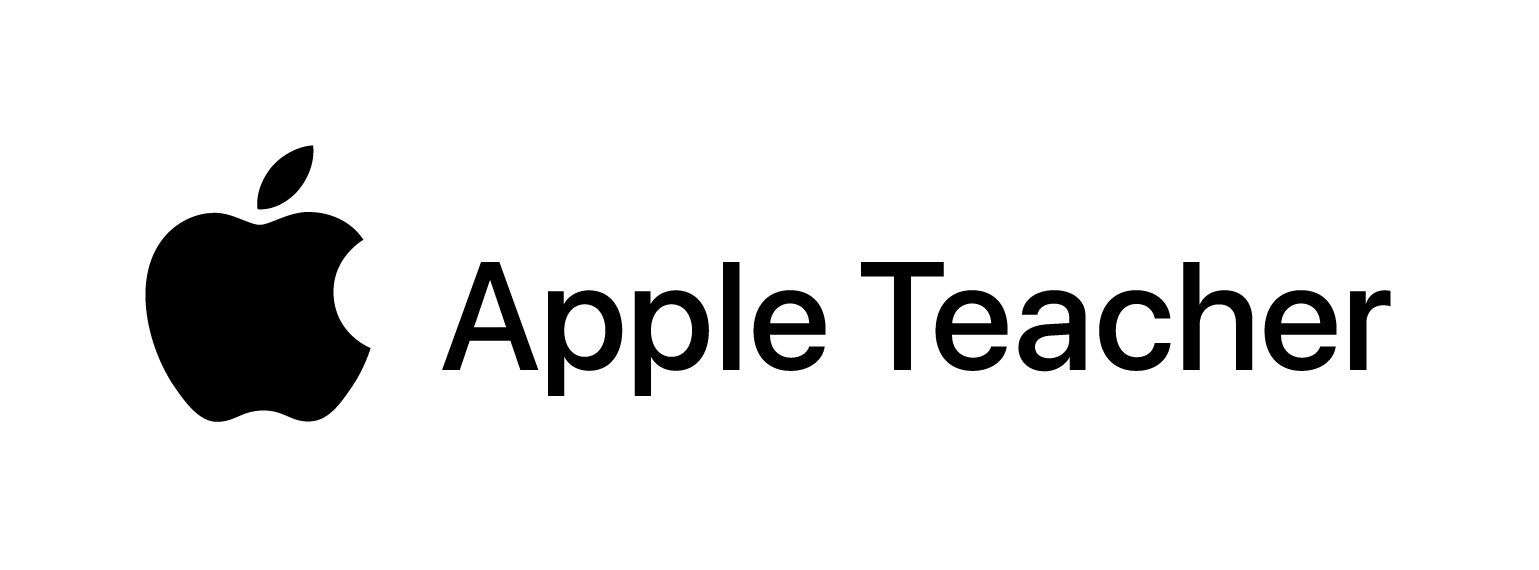
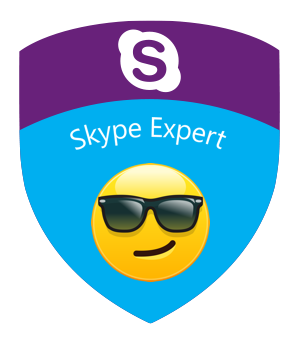
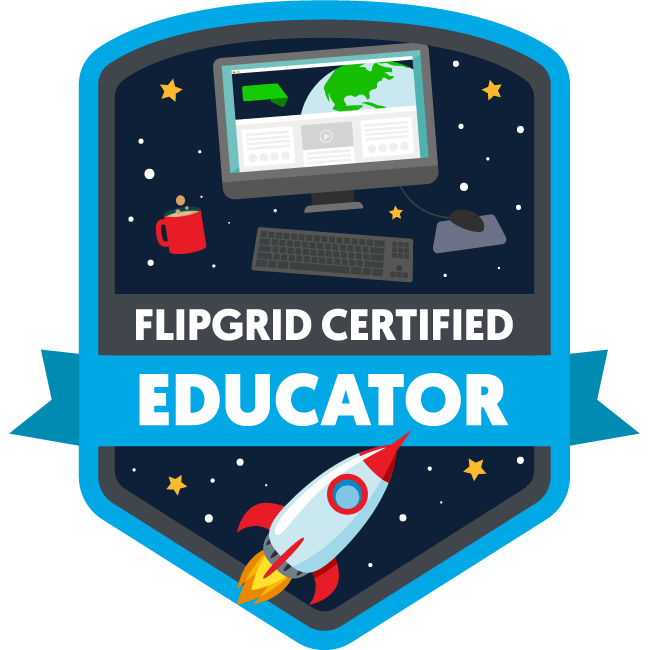
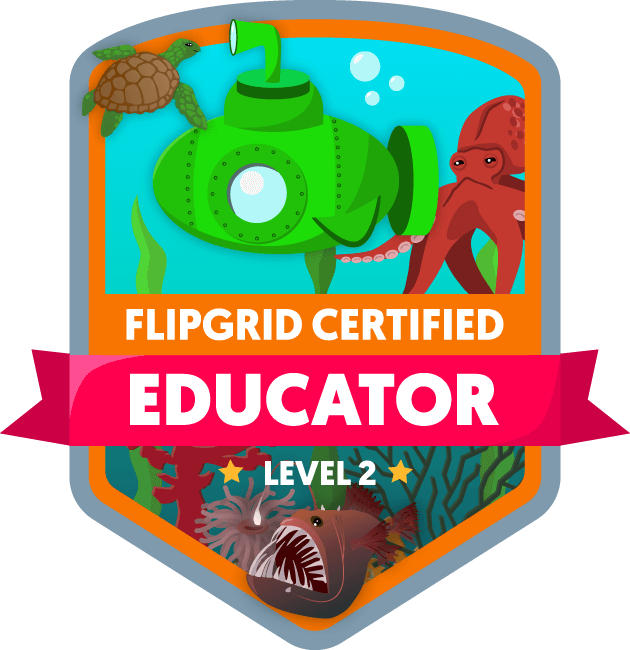
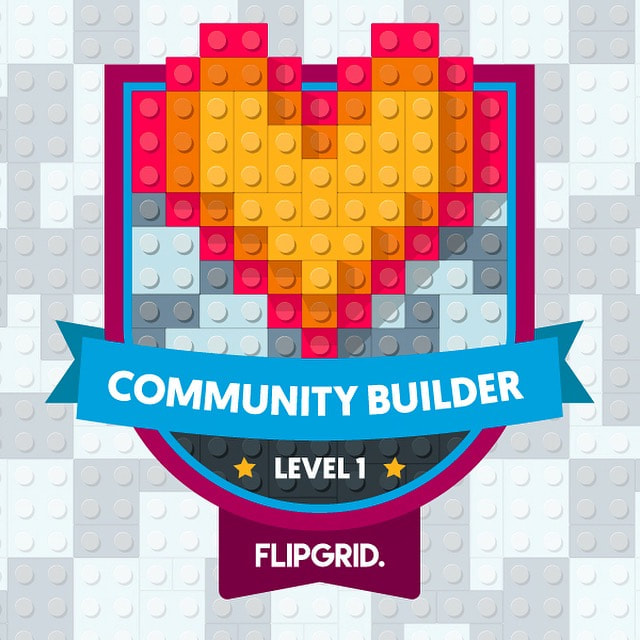
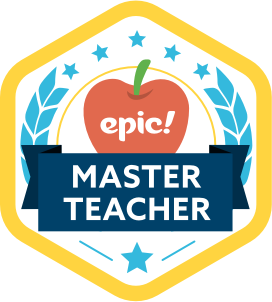
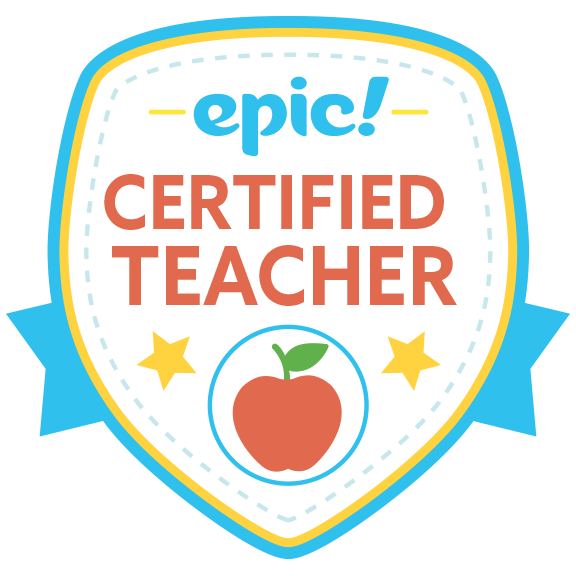
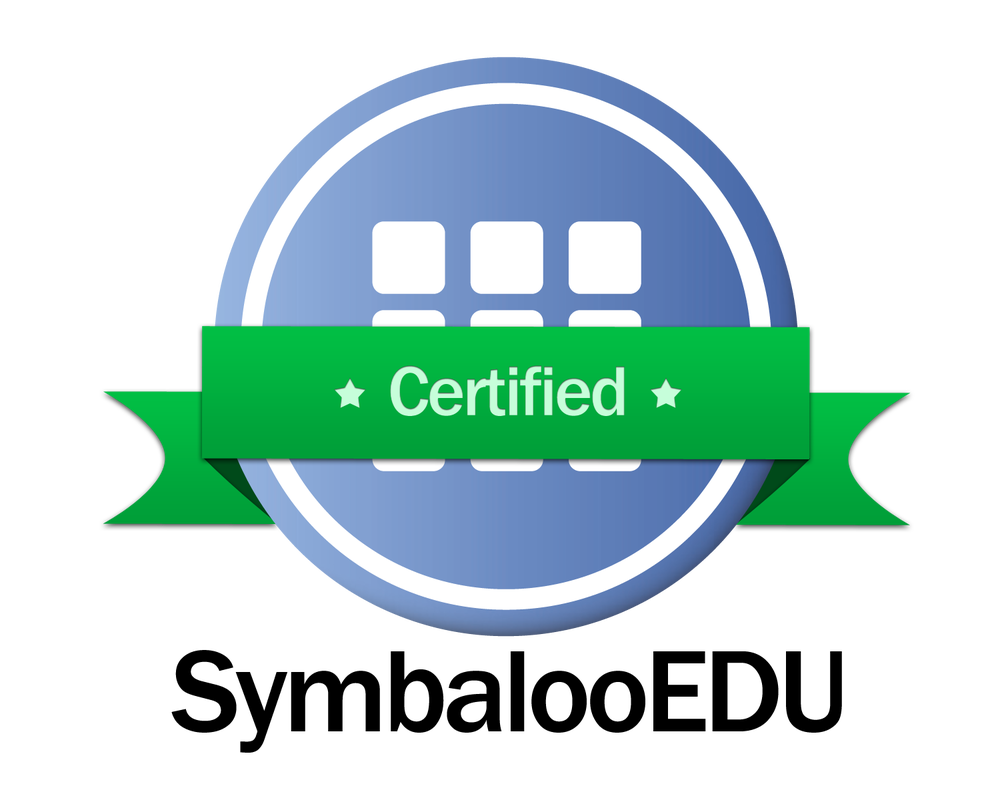
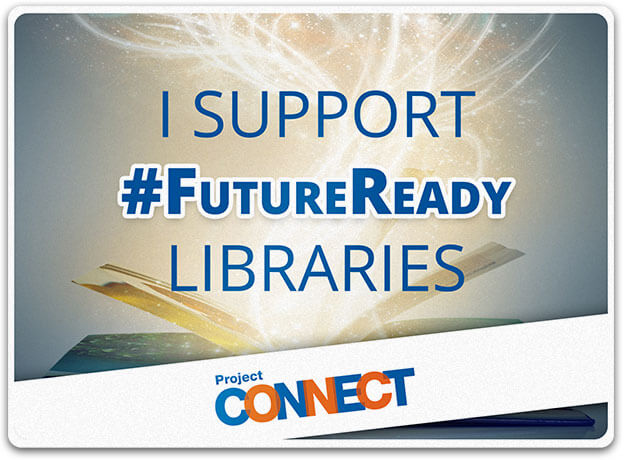
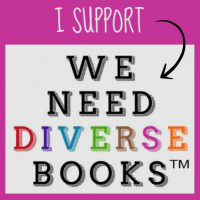


 RSS Feed
RSS Feed